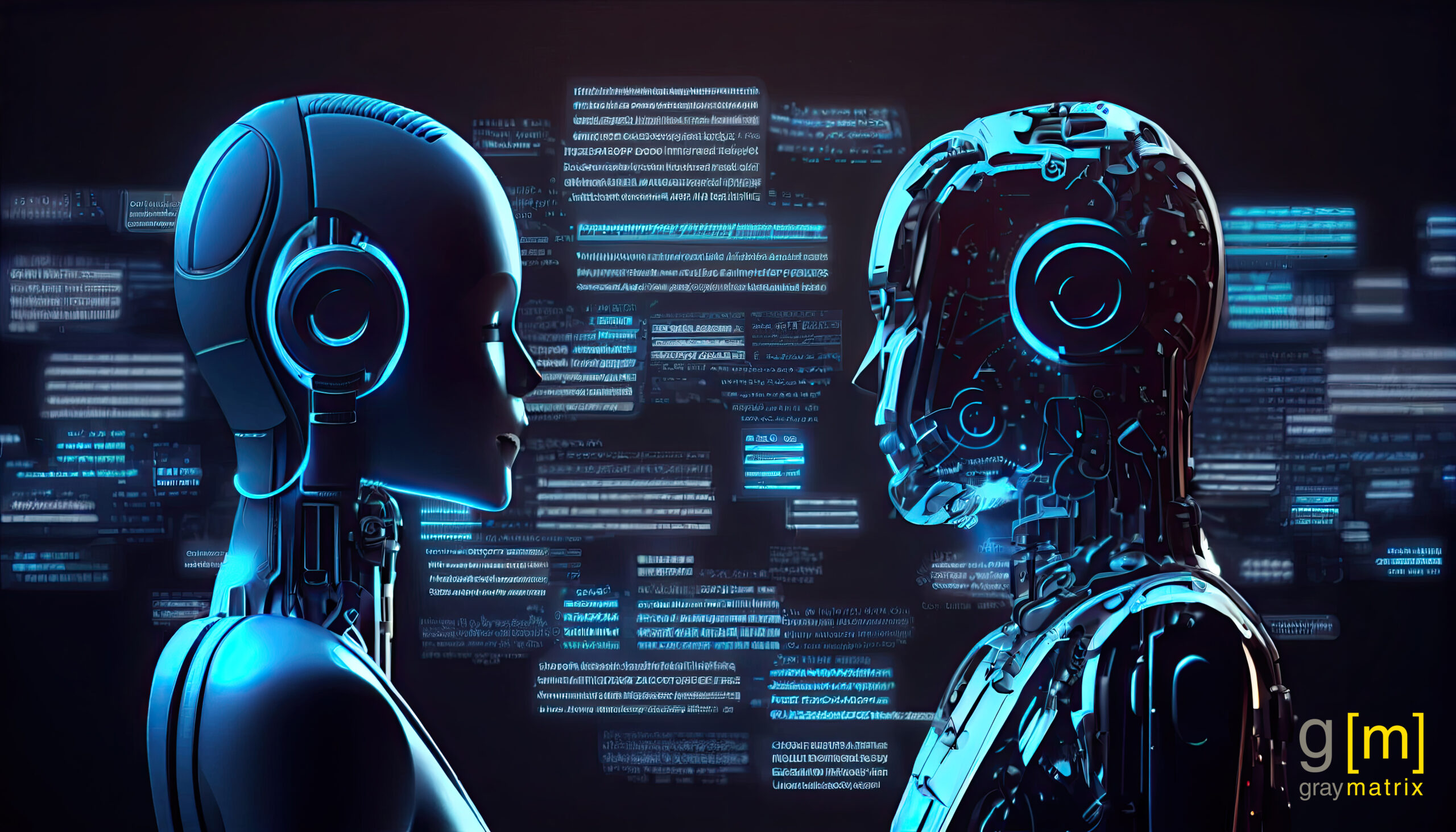Introduction: Conversational AI has come a long way, and chatbots have become a popular tool for businesses to engage with their customers. However, one of the key challenges has been achieving natural and meaningful interactions. That’s where the integration of ChatGPT, a state-of-the-art language model, can make a significant difference. In this article, we will explore how ChatGPT integration enhances natural language understanding and improves chatbot conversations.
- Understanding the Limitations of Traditional Chatbots: Traditional chatbots often rely on pre-defined rules or decision trees, which can lead to limited responses and rigid conversations. They may struggle to comprehend nuanced queries or handle complex language patterns. This limitation often results in frustrating user experiences and missed opportunities for meaningful interactions.
- The Power of ChatGPT: ChatGPT, powered by advanced deep learning algorithms, enables chatbots to better understand and generate human-like responses. By leveraging large-scale language models, it possesses a remarkable ability to capture context, interpret user intent, and generate relevant and coherent replies.
- Enhanced Natural Language Understanding: Integrating ChatGPT with chatbots significantly elevates their natural language understanding capabilities. ChatGPT can grasp the context of conversations, detect nuances, and accurately interpret user queries. This allows chatbots to respond in a more contextual and human-like manner, leading to improved user satisfaction.
- Generating Contextually Relevant Responses: ChatGPT’s integration enables chatbots to generate responses that align closely with the user’s intent. It can understand the user’s queries in a broader context and produce meaningful, coherent, and personalized responses. This personalized touch enhances the user experience and fosters a sense of genuine conversation.
- Handling Ambiguity and Complex Queries: ChatGPT’s language model excels at handling ambiguous queries or questions that involve multiple intents. It can disambiguate user input and provide clarifications when needed. This allows chatbots to engage in more interactive and effective conversations, leading to a better user experience.
- Continuous Learning and Adaptability: Another advantage of integrating ChatGPT is its ability to continuously learn from user interactions. As more conversations occur, the language model can adapt and improve its understanding, generating more accurate and contextually appropriate responses over time. This iterative learning process ensures that chatbots become more intelligent and efficient in addressing user queries.
- Empowering Customer Support: ChatGPT integration holds immense potential in customer support scenarios. With its natural language processing capabilities, chatbots can better understand customer issues, provide relevant information, and offer tailored solutions. This leads to faster issue resolution, increased customer satisfaction, and improved customer support efficiency.
Conclusion: Integrating ChatGPT with chatbots is a game-changer in improving natural language understanding and elevating chatbot conversations. By leveraging the power of advanced language models, businesses can create chatbots that engage users in more meaningful and human-like interactions. With improved contextual understanding, personalized responses, and the ability to handle ambiguity, chatbots equipped with ChatGPT can deliver enhanced user experiences, boost customer satisfaction, and drive business success in the era of conversational AI.




